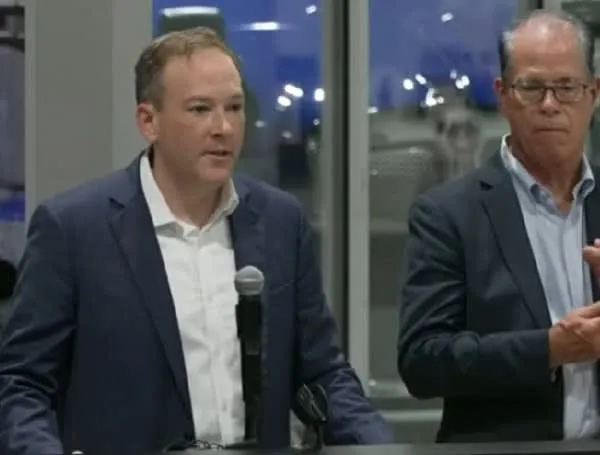
The U.S. Environmental Protection Agency (EPA) is stepping into the center of New York’s renewable energy debate, releasing new safety guidance for Battery Energy Storage Systems (BESS) as residents on Long Island voice growing concerns about the siting of these facilities in their neighborhoods.

EPA Administrator Lee Zeldin held a press conference in Hauppauge, New York, alongside Long Islanders who argue that state officials are fast-tracking approvals without adequately addressing public safety risks.
New York has aggressively pushed BESS projects as part of its climate and clean energy strategy. Since 2019, the state has interconnected more than 6,000 storage projects totaling about 440 megawatts of capacity, with another 1.3 gigawatts under contract. The long-term goal is to reach six gigawatts by 2030. However, many residents fear that expanding these facilities in densely populated areas — particularly New York City and its suburbs — creates new fire and public health hazards.
Administrator Zeldin underscored those concerns:
“Many New Yorkers, especially in New York City and on Long Island, have made their voices clear – they do not want Battery Energy Storage Systems built in their neighborhoods. Residents are looking across the country where dangerous lithium battery fires at BESS facilities have caused widespread damage, and they are concerned with New York’s partisan push to fill yet another delusional ‘green’ goal, which the state itself admits it cannot meet. The state that banned the safe extraction of natural gas, gas hook-ups on new construction, and gas stoves, while aiming to end the sale of gas-powered vehicles, continues to put the safety and well-being of New Yorkers second to their climate change agenda. The Trump EPA will always listen to the American people. We support local communities to have a say on whether or not they would like BESS facilities to be built in their neighborhoods. At the very least, we want to provide all of the information we know on BESS to utilities, first responders, permitting bodies and any member of the public who wants to get better educated on this critical issue.”
The timing of the EPA’s announcement is notable. In recent years, high-profile BESS fires have rattled communities nationwide. In May 2024, a blaze involving nearly 15,000 lithium batteries burned for almost two weeks, producing repeated flare-ups. In January 2025, Vistra Energy’s Moss Landing facility in California suffered another fire that burned for days, requiring EPA air monitoring for hydrogen fluoride, a highly toxic byproduct of lithium combustion.

Zeldin pointed to these incidents as proof of the risks posed by large-scale installations. For first responders, lithium battery fires present unique dangers: they can reignite unexpectedly even after being extinguished and can release hazardous gases. During wildfire cleanups in places like Los Angeles and Maui, lithium battery disposal was among the most complex and dangerous challenges for crews on the ground.
While New York lawmakers have enacted measures like the Renewable Action through Project Interconnection and Deployment (RAPID) Act — which expands state authority to override local objections for major renewable projects — critics argue that community voices are being sidelined. The new EPA safety guidance represents the first comprehensive federal resource that addresses the entire lifecycle of BESS, from site selection to emergency response.
The EPA noted that it is currently the only federal agency with standardized protocols for safely deactivating and disposing of lithium batteries after incidents. Through field experience at major fires, the Agency has developed procedures that local fire departments and municipalities can adopt, ensuring a more coordinated response to the next emergency.
Zeldin framed the federal guidance as both a technical resource and a political statement. He emphasized that while clean energy and grid resilience remain important, public safety and community consent must remain at the forefront of the transition.
By releasing these best practices, the EPA aims to give utilities, first responders, and local governments the tools they need to prepare for and respond to BESS-related emergencies — and to empower residents to better understand the risks and safeguards tied to projects planned for their neighborhoods.
Originally reported by EPA Press Office.